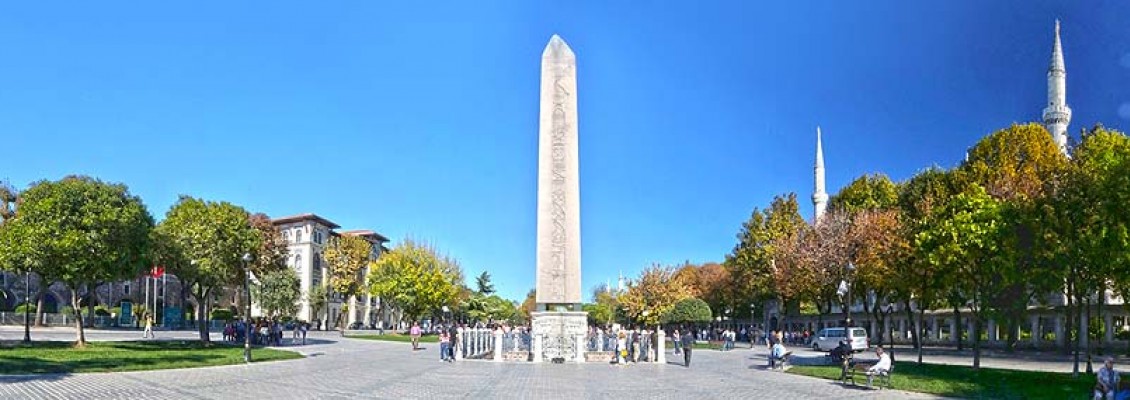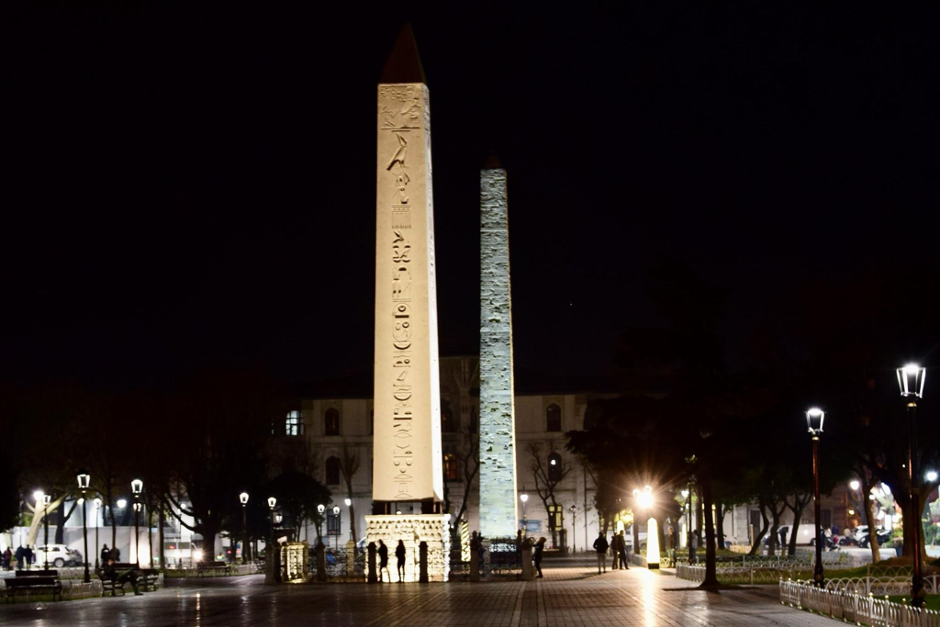
The Hippodrome Square
When you’re in Istanbul, one of the first places you will visit will probably be the hippodrome square. From the Byzantine period to this day, the hippodrome square stands as an important point for historical and cultural reasons. It functioned as a sports area and assembly area throughout history and was the place where the emperors met with the public. Let's look at some facts about the hippodrome!
Even though it is debatable, it is thought that the Hippodrome was started to be built by Septimius Severus in the 190s and completed during the reign of Constantine I. It took the Circus Maximus in Roma as a model in its style. It used to host chariot races which were tools for imperial propaganda. It included an imperial box, called Kathisma, connected to the imperial palace next to it where the imperial family watched the races.
In the middle of the hippodrome, on the spina, there were victory monuments brought from different places. Also, many other statues of gods, emperors, animals, and heroes were used in decoration of the hippodrome. One of the monuments that we can still see today is the Obelisk of Theodosius belonging to the era of Thutmose III. Constantius II gave the order of the transportation of the obelisk to the area but it was Theodosius I who had brought it to its place, hence the name of the obelisk. The other one is the Obelisk of Constantine or Masonry Obelisk. The construction date is unknown but it was restored in the 10th century by Constantine the VII. The Serpent Column is the third of the monuments. It originally had three snake heads, their bodies twisted with each other, at the top, however, today it has only half of it.
The Hippodrome was the place where the emperors and the public came together. It hosted proclamations of emperors and the celebration of military triumphs. Ceremonies and chariot races were held daily or yearly on special occasions and holidays. Ceremonies included music, dancing and other performances. It also witnessed some political disputes, riots and deaths. The most famous riot is the Nika riots which took place in the reign of Justinian and resulted in around 30,000 people’ death. Even though chariot races continued to be held in the upcoming years, it lost its importance eventually, especially with the Fourth Crusade.
During the Ottoman time, the hippodrome square, now called At Meydanı (the Horse Square), was used for horse races and javelin games. It also played an important role in public life and served the same function as before as a place where the royalties and the public came together. Religious ceremonies, royal weddings and circumcision feast of the boys are some of the occasions that were used to be celebrated in the area. On the other hand, riots and protests, especially during WW1, took place in the hippodrome square.
Today, the hippodrome square is an open-air museum where you can see the monuments. It is also one of the passes in the area connected to the Blue Mosque.


Leave a Comment